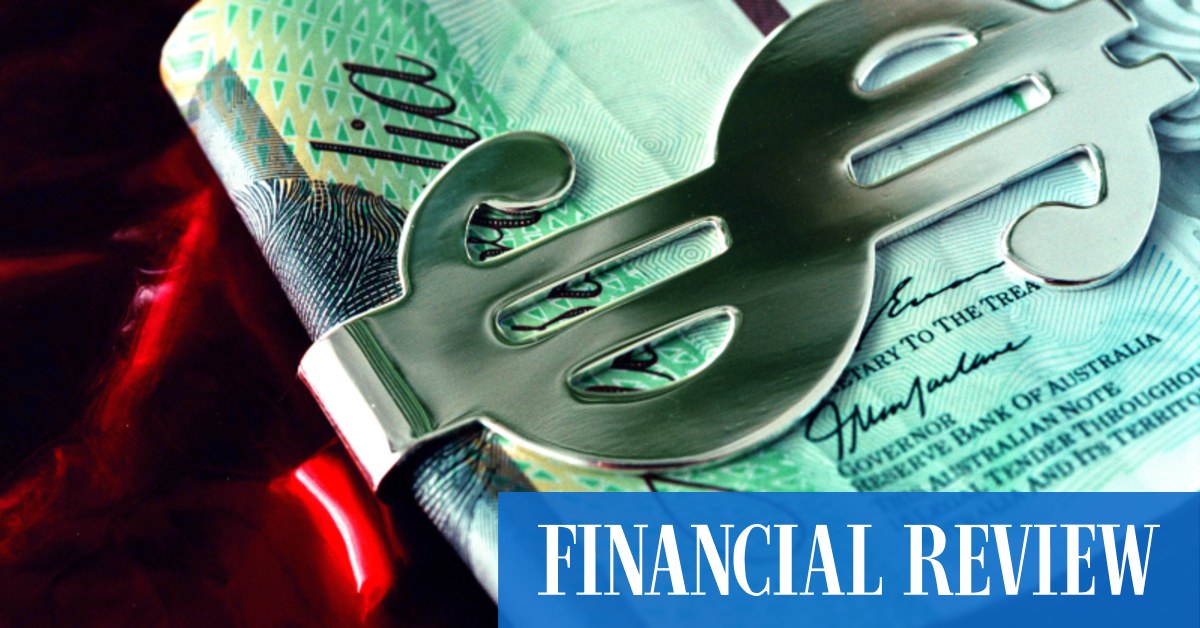The Australian government’s debt interest bill is expected to rise to $17.5 billion in 2021-22, according to the latest budget update at the end of 2021, rising to over $21 billion by 2024- 2025.
The rise in borrowing costs will be mitigated by the Australian Office of Financial Management’s decision to lower the weighted average duration of bonds issued from five years to just under eight years.
Markets predict seven rate hikes in 2022
Financial markets have raised their outlook for an RBA interest rate hike this year and forecast a spot rate of 1.79 by December, equivalent to at least seven rate hikes from the current low of 0.1% between June and the end of the year.
The upheaval in global bond markets came as Shanghai’s financial district began a four-day lockdown under restrictions imposed on half of the city of 26 million as the daily number of COVID-19 cases reached 3600.
A complete lockdown of China’s commercial heart and one of its largest cities and a manufacturing hub is a blow to authorities’ efforts to contain the latest omicron outbreak across the country.
Importers and exporters are bracing for more disruptions to critical supply chains, which will have global ramifications.
In Australia, economists are nervous about last-minute vote-buying announcements expected to be unveiled in the budget. Politics trump fiscal discipline and could leave inflation higher.
AMP Capital’s chief economist, Shane Oliver, has estimated that the fiscal measures that have been implemented so far will inject up to $15 billion into the economy in 2022 alone, which equates to around 0 75% of gross domestic product.
“That’s a hell of a GDP boost at a time when inflation is already skyrocketing and the RBA is already under pressure to raise interest rates.”
Ratings agency Moody’s said it would watch for signs of fiscal consolidation over the fiscal period, which would support Australia’s coveted AAA credit rating.
“That’s the most important thing,” said Sovereign Risk Vice President Martin Petch. The Australian Financial Review.
Moody’s has backed Treasurer Josh Frydenberg’s approach of growing the economy to reduce debt as a percentage of GDP, but wants to see how the government intends to improve productivity.
“Productivity growth is key to that,” Petch said.
Cash budget to stimulate inflation
While significant improvements are expected for both debt and deficit, budget leaks, including a temporary fuel excise cut and a large one-time $250 cost-of-living payment, will reduce savings.
“The speed and intensity of budget leaks suggests that the spattering of cash is increasing day by day, even hour by hour. That’s a bad thing,” said Chris Richardson, partner at Deloitte Access Economics, economist.
“The underlying equation at the moment is that the better the politics of doing something, the worse the politics.”
Mr Richardson feared that the $250 cash payout and lower petrol costs amid a booming economy, low long-term unemployment and rising rice prices only aggravate inflationary pressures.
“The bigger the liquidity splash, the sooner and more the rise in the Reserve Bank and interest rates comes back into play,” he said.
When Mr Frydenberg presented last year’s budget, the signal from the Reserve Bank was that the record 0.1% interest rate would remain suspended until at least 2024.
It was a message that RBA Governor Philip Lowe maintained until the final days of 2021 before a major shift at the bank’s first meeting this year.
Where once market expectations of at least four rate hikes in 2022 were “a complete overreaction” to inflation data, rate hikes this year were now “plausible”, Dr Lowe said in February.
Traders priced a 15 basis point rate hike in June, with a 95% chance of a quarter percentage point hike. They are almost evenly betting that a half-point raise could be on the cards.
While most economists believe the bond market is too aggressive, the consensus is in favor of a higher benchmark rate after Dr Lowe warned that it would be prudent for households to prepare for a rise in interest rate.
“Prices seem completely disconnected from even a hawkish interpretation of what the RBA would likely deliver this year,” Mr Morriss said.
Mr Richardson said markets were expecting a chainsaw when the RBA would likely only use a hammer, adding that recent moves in market expectations were mainly driven by foreign factors.
The sell-off in global bonds that drove yields higher was largely driven by a recalculation of the Fed’s tightening path, with an average of 8.2 quarter-percentage-point increases now factored in for six central bank meetings remaining in 2022, down from 7.7 on Thursday.
This implies that an additional half-percentage-point increase is needed at least three of its next six meetings to meet market expectations.

